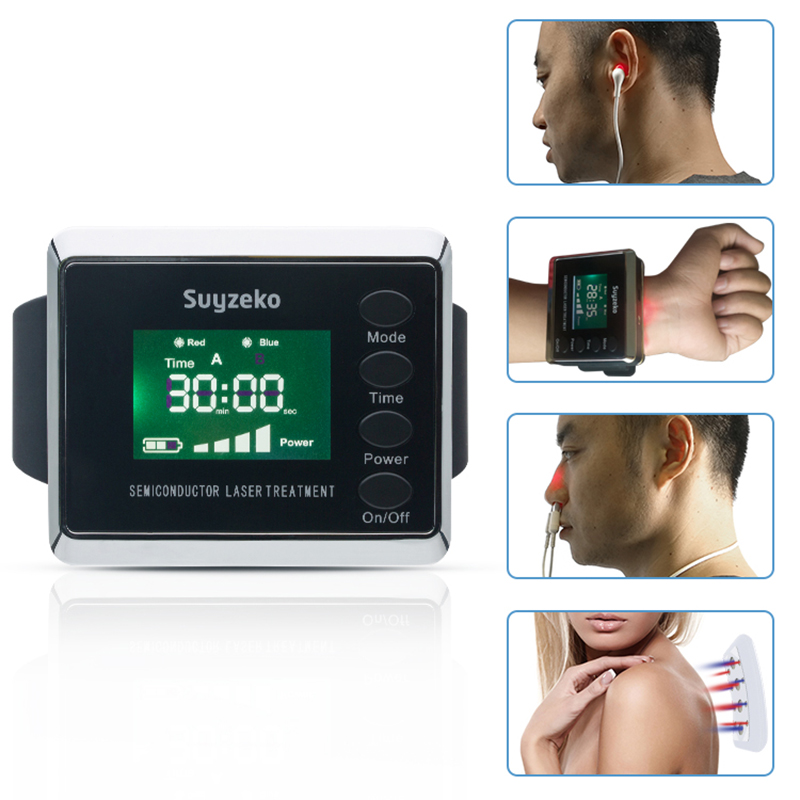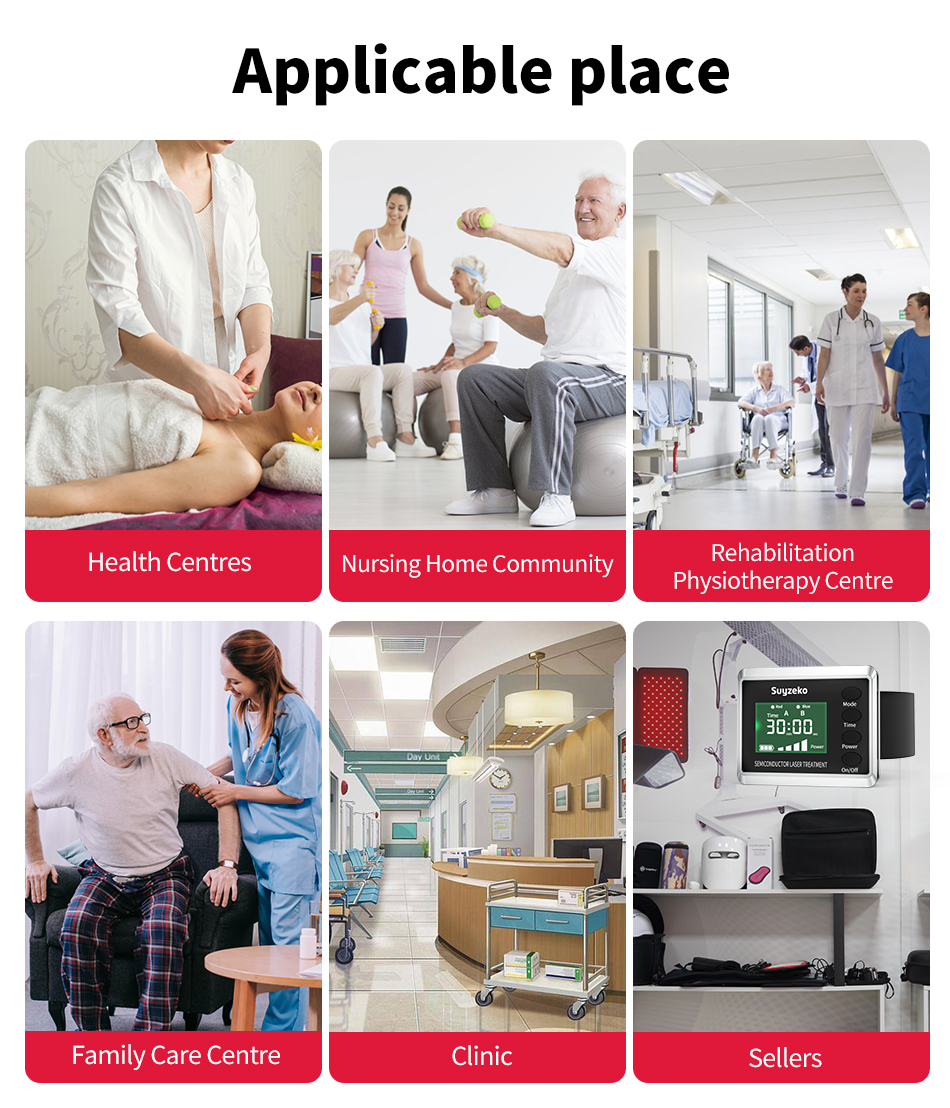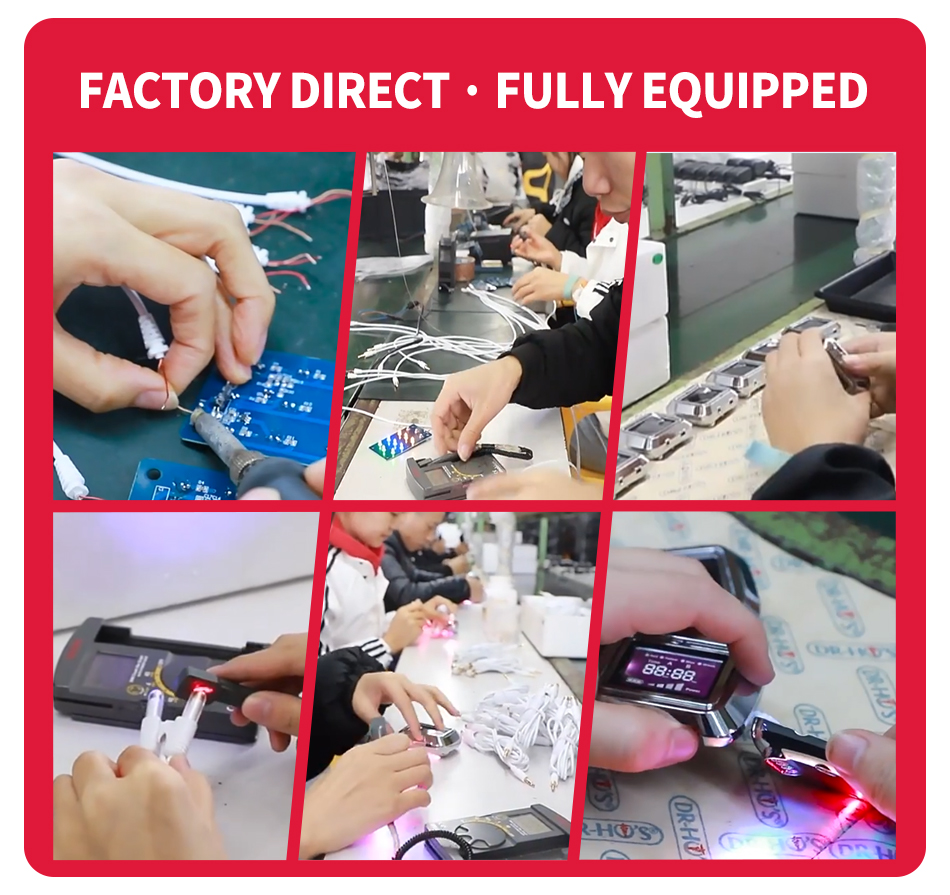Beans have strong adaptability. They can be cultivated in open field or protected land. They can also be produced on an annual basis and listed in the four seasons. It is one of the popular vegetables widely cultivated in northern China, and its popularity ranks first among all kinds of vegetables. So how is the scientific management of the pods?
How to scientifically manage the bean pod period?
1. Adjust the plants
There is a support for the support of the beans, which is agronomic skills that make full use of natural light to produce nutrients and improve production value. When the bean vines are covered with a stent, the method of removing the top can be used to promote the germination and growth of the side branches. Plants that are prosperous are used to reduce the use of nitrogen fertilizer, and plant regulators such as chlormequat are sprayed. Remove the old leaves, diseased leaves or residual leaves in time to ensure the ventilation and light transmission of the scaffolding.
2, water and fertilizer management
The roots of the beans are weak, not drought-tolerant and not tolerant, and the soil should be kept dry and wet. The pod-forming period is also a period in which the beans are very sensitive to water and fertilizer. If the supply of fertilizer and water is not enough, it is difficult to guarantee the output value and quality. To this end, when the bean leaves are finished after the flowering period, it is necessary to strengthen the management of water and fertilizer during the pod-forming period.
On the basis of sufficient application of the base fertilizer, combined with watering, each application of 15 kg of nitrogen and potassium fertilizer per mu, or 10 kg of urea, 5 kg of potassium sulfate, mixed and evenly applied. After entering the pod-filling period, it is necessary to topdress once every 10 days. Sprinkling water is mainly based on pouring water, at dusk or early morning.
3, disease prevention and control
In production, the common diseases of Bean Beans mainly include viral diseases and rust diseases. Continued high temperature and drought, and often prone to viral diseases. 300 times of virus A or 500 times of phytopathic spray is used for prevention and treatment. In the high temperature and high humidity environment, it is easy to cause rust, and it is controlled by triazolone spray. Common pests are mainly aphids, red spiders, and pea pods. 10% imidacloprid can be used to control aphids, and 10 grams of water per acre is used for water spray control.
Use the scorpion spray to control the red spider, and spray the back of the blade when you work. The use of beta-cypermethrin 1000 times solution to control pea pods. Spray once every 7 to 10 days, and take 2 to 3 times in succession.
4, spray leaf fertilizer
In the future, in the future, the natural gas temperature will often show a high temperature above 30 °C, and the sun will be sufficient. The high temperature and strong light will have an adverse effect on the production value of the beans in the pod-forming period. In production, it often manifests as the phenomenon of falling flowers and premature aging. After spraying the foliar fertilizer, it can be used to solve the above phenomenon and significantly improve the output value of the bean. Use boron fertilizer and potassium dihydrogen phosphate to mix and spray evenly, use 30 kg of liquid per acre, spray once every 10 days.
5, timely harvest
The beans are usually harvested within 10 days after the flowering is completed. Harvesting time is usually carried out in the early morning or before dusk, when the temperature is low. Do not hurt the flower buds when picking, and sprain the bean handle to prevent the impact on the later output value. The whole code of the beans that have been picked is placed in a bamboo basket, covered with cotton quilts and moisturized, and sold to the farmer's market or the market in time.
Disclaimer: Some articles on this website are transferred from the Internet. If legal rights of third parties are involved, please inform this website. phone

Cold Laser Therapy Wrist Watch LLLT Soft Laser Hypertension Threrapy Watch For Diabetes
Cold Laser Therapy Watch,Laser Therapy Watch,red light therapy for wrist,diabetes laser watch,hypertension laser therapy watch

LLLT, also known as Low-Level Laser Therapy, is a non-invasive medical treatment that uses low-intensity lasers or light-emitting diodes (LEDs) to stimulate cellular function in the body. It is also referred to as cold laser therapy or photobiomodulation. It is commonly used in various medical and therapeutic fields, including dermatology, sports medicine, physical therapy, and pain management. It is often employed to treat conditions such as chronic pain, arthritis, musculoskeletal injuries, wound healing, hair loss, and skin disorders.
With the increase of age, the body function will be weakened, especially the blood circulation and metabolism. Many elderly people are facing the challenges of hypertension, hyperglycemia, hyperlipidemia and diabetes. Because with the growth of age, impurities such as fat in the blood can't be metabolized or consumed by the human body in time. Over time, the blood becomes thick and the blood flow rate slows down, and some lipids attach to the blood vessel wall, which leads to slower blood flow rate and causes symptoms such as blood flow blockage and hypertension. In addition to the elderly, diseases such as hypertension, hyperglycemia and hyperlipidemia tend to be younger, mainly due to changes in the diet structure of modern people, more intake of fat and sugar, and irregular work and rest.

Our Suyzeko low-level laser wrist therapy watch uses 650nm red laser and 450nm blue LED, combined with wrist acupuncture points. The low-level laser energy factor of 650nm enters the blood, which can help dissolve impurities such as lipids in the blood and accelerate the blood circulation, so it has excellent therapeutic significance for hypertension, hyperglycemia, hyperlipidemia and diabetes. 450nm LED photons can also be combined with carbon monoxide and other substances in the body to reduce body inflammation through photobiological regulation.

During LLLT, the laser or LED devices emit specific wavelengths of light that penetrate the skin and interact with the cells. This interaction triggers various biological responses, such as increased circulation, enhanced tissue repair, reduced inflammation, and pain relief.
The treatment is generally painless and has minimal side effects. However, the exact mechanisms of how LLLT works are still being studied, and its effectiveness may vary depending on the specific condition being treated. It is always recommended to consult with a healthcare professional before undergoing LLLT treatment.
Application
1.High blood pressure, high blood fat, high blood sugar, diabetes
2.high blood viscosity, cerebral thrombosis, stroke, sudden death
3.pain relief, sport injury, wound, joint pain, fracture, arthritis and all kinds of body pain
4.rhinitis, allergic rhinitis, acute rhinitis, chronic rhinitis, sinusitis and nasal polyps
5.hyperviscosity, hyperlipemia, hyperlipidemia, hypertension, cardiovascular and cerebrovascular diseases
Cold Laser Therapy Watch,Laser Therapy Watch,red light therapy for wrist,diabetes laser watch,hypertension laser therapy watch
Shenzhen Guangyang Zhongkang Technology Co., Ltd. , https://www.syztreatment.com